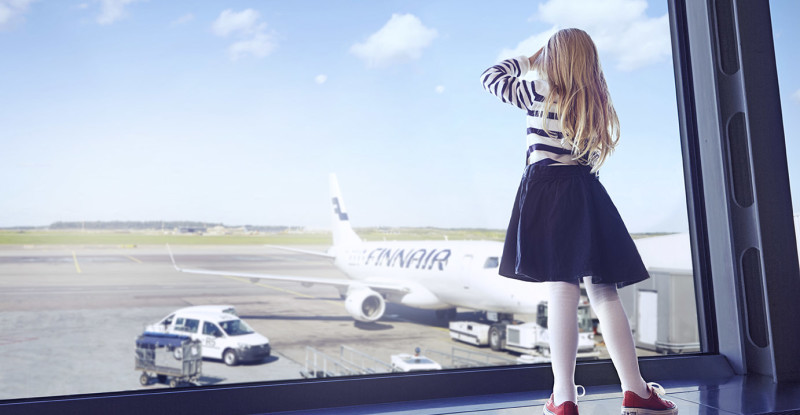 When we think about diversity in the workplace, a few things spring to mind: ethnic or cultural diversity, opportunities for the disabled, gender equality, and LGBTQ rights. While a fair number of large companies in the developed world make a decent effort at inclusive recruitment, some factors make it difficult to follow those directives through at the executive level.
When we think about diversity in the workplace, a few things spring to mind: ethnic or cultural diversity, opportunities for the disabled, gender equality, and LGBTQ rights. While a fair number of large companies in the developed world make a decent effort at inclusive recruitment, some factors make it difficult to follow those directives through at the executive level.
In a remote country like Finland, and a conservative industry like aviation, promoting cultural diversity at the C-suite level has proven challenging.
“We have some challenges in getting cultural diversity because getting people to relocate to Finland is not the easiest task,” Finnair chief operating officer Ville Iho, Finnair told RGN in a recent interview. “That’s due largely to taxation. The price of international recruitment is fairly high, and the weather probably doesn’t help.”
While the airline may have a tough time bringing cultural diversity to the table, Finland is a world leader in the gender quality department. In 1906 the northerly nation became the first country to give women the vote, and today extensive systems of public childcare, school meals and free secondary education allow women and mothers to pursue higher education and work full time.
“I’m personally promoting diversity in many of my directives,” Iho explained. I’ve done some let’s say, ‘untraditional’ things when it comes to key positions and really tried to design teams so that they have, at very least, people from different educational background and gender.”
Two years ago Iho hired Saija Stenbacka as vice president of safety, quality and environmental management at Finnair. Typically, says Iho, this type of senior operational role would go to a person of the masculine persuasion: an ex-pilot or experienced mechanic or engineer, boasting a long tenure within the company or the aviation industry at large.
Formerly a senior business development manager for Nokia, a veteran of the mining, oil and gas sector, one-time teacher of computer science at Finland’s Espoo-Vantaa Polytechnic Institute and a woman, Stenbacka was not the obvious choice for the role, but one that adds a new type of diversity to his team.
“I took some external talent: a women from a different industry with mathematical background and with the right kind of qualities. When it comes to skills, competence and personality she is the perfect, if not the obvious fit,” says Iho. “Now we have a new way [of] thinking, especially when it comes to designing processes and our approach to safety and quality. Though there must always be a backbone of tradition, I believe her way of working is very productive and it gives great flavor to the rest of the team.”
Stenbacka admits that she herself didn’t know she was the right fit for the role until it fell in her lap. And while she had no experience in aviation, her lifelong work in largely male-dominated fields contributes to her feeling of comfort now. It’s all quite normal for her.
“I don’t see myself as a ‘female leader’ in a male dominant area but rather just a leader who happens to be a female. I have been very fortunate that males who have hired me have seen beyond the gender,” she explains. “I have experienced that in manufacturing and technological areas the amount of females has grown maybe bit faster compared to aviation. I see Finnair as being one of the forerunners in this area, and I hope we can show example for others in this as well.”
Stenbacka says that aviation has now thoroughly won her over, as it does with so many. Aside from keeping millions of passengers and airline workers safe each year, she derives special pleasure from being head of environmental management at Finnair.
“At the same time when people enjoy travelling by air, the CO2 emissions and noise are areas of concern. Especially for people living close to the airports. We systematically drive Finnair, along with the rest of the aviation, towards more ecological solutions. It is really exciting to see how your work makes a difference and helps the whole industry to make better environmental choices,” she says. “And after all what is good for environment is good for business.”










